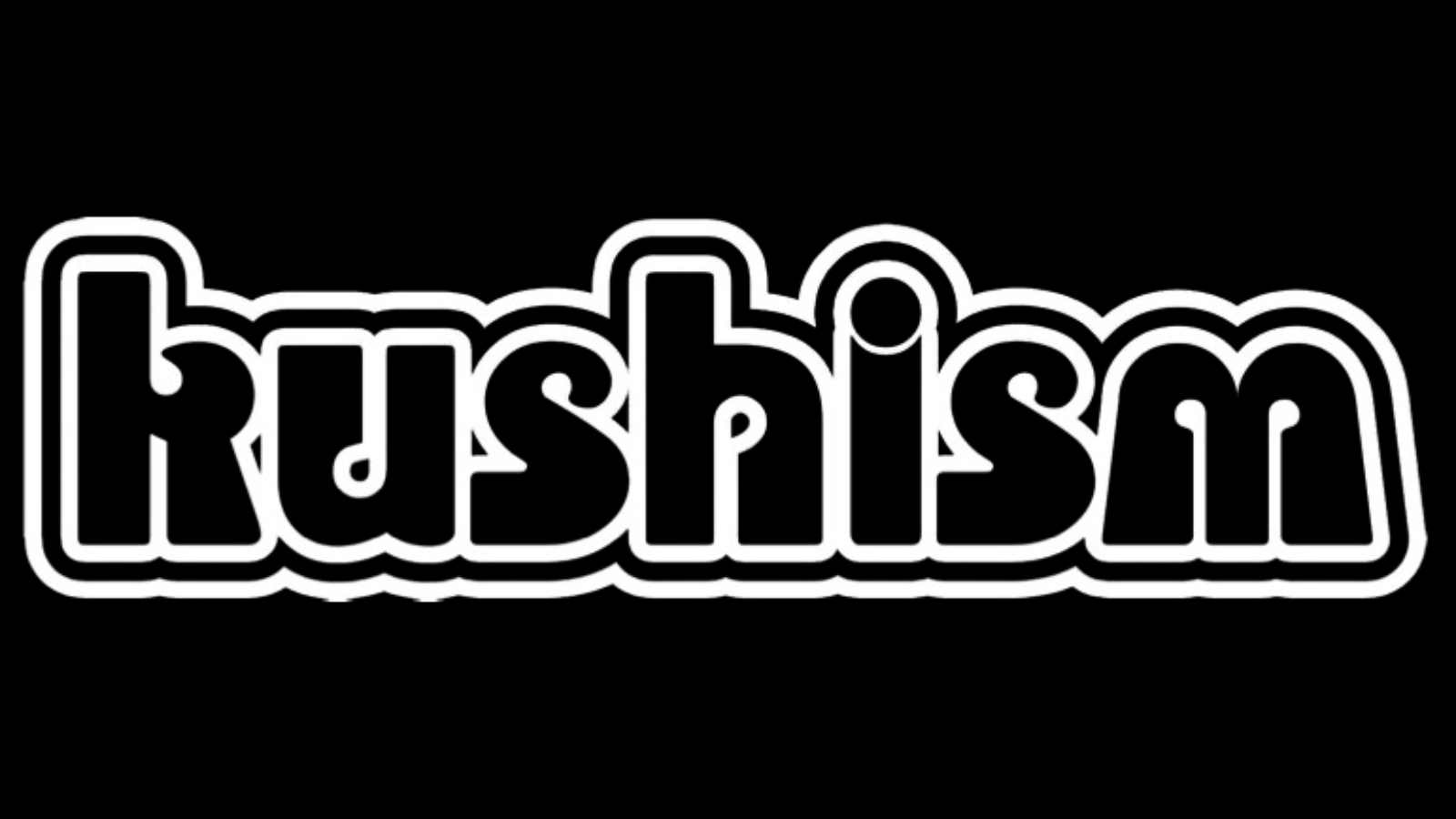Curious about CDB?
Learn about CBD and how it can help.
Kushism is a firm believer in the healing power of CBD. As a consumer it can be difficult to cut through the marketing hype. Read on to gain some clarity on the subject.
This may come as a shock to some, but the formulation of your CBD product can really determine its potential effectiveness.
Specifically, there’s evidence that the body will use CBD much more effectively as part of a whole-plant or full-spectrum product than as an isolate. Full-spectrum means that the product preserves the maximal amounts of the source plant’s hundreds of different compounds, and ideally in the same ratios naturally found in that plant. An isolate, on the other hand, has been processed to contain just the CBD molecule itself without any other components from the plant.
One study found that much higher amounts of CBD isolate were needed to get the same level of pain relief you could get from a whole-plant extract containing CBD. This is a prime illustration of the entourage effect (or ensemble effect), which is the observation that the many compounds in cannabis magnify each other and work together synergistically to create an overall effect that is greater than the sum of its parts. Point being, the therapeutic elements of cannabis work much better when consumed together versus separately.
“Currently, there’s no testing legally required for CBD products sold outside of dispensary systems.”
Another interesting finding from that study: the effects you get from whole-plant extracts are dose-dependent, meaning the more you take, the greater the effects. Seems pretty intuitive, right? With isolates, however, there’s only a narrow dosage window that’s effective for each individual. That means taking more or less than your ideal dose could mean the difference between feeling great benefit or nothing at all, which is difficult since few really know what their ideal dose is. Because cannabinoid dosing is very specific to our individual bodies, this “bell-shaped dose-response curve” makes finding an effective dose of an isolate-based product way more complicated than with a full-spectrum product.
Because of the entourage effect, whole plant and full-spectrum cannabis-derived products offer consumers the greatest range of potential therapeutic benefits. Isolate still offers benefits but within a smaller range, making it trickier to use effectively.
Speaking of cannabis-derived products, the source of your CBD also matters. At this time, varieties of the cannabis plant (including hemp) are the only plants known to contain CBD naturally. There are some “non-cannabis plant-derived CBD” products on the market, but these products are actually made from a synthetic CBD that’s created in a lab using certain other plants as part of the ingredients. With a chemical catalyst, the CBD is synthesized from those sources, not actually extracted whole from them. It’s up to you whether you’d rather have CBD that comes from cannabis or if you’re comfortable with CBD that was synthesized in a lab, but personally, I’m only interested in CBD that’s been extracted from cannabis plants.
There’s also a difference in the quality of the cannabis source plant—I’m talking specifically between industrial hemp versus craft hemp or cannabis. These terms can be a little tricky because, botanically speaking, hemp is a variety of the cannabis plant. However, the plant varieties that we used to call “marijuana” we now simply call cannabis.

True industrial hemp is a very stalky type of cannabis that has historically been bred for its fiber, seeds, and oil. These are typically very low-resin male plants that don’t have much in the way of flowers, and contain really low levels of CBD and other cannabinoids, terpenes, and other beneficial compounds. In contrast, craft hemp is essentially the same type of plant as the cannabis you’d buy in a dispensary. It’s just bred to have low enough levels of THC to legally qualify as hemp. These are very resinous, flower-forward female plants that have dramatically higher levels of cannabinoids and other helpful components.
“Lots of the CBD products you’ll find online are made from these kinds of inferior source materials.”
The distinction is important because all cannabis plants, including hemp, are bioaccumulators. This means they pull toxins like heavy metals and pesticides out of the soil they’re grown in and into the plant. When we extract CBD or other elements, those contaminants also pass into the product. Because industrial hemp is so much less potent, much more raw material is needed to get the same amount of CBD extract versus a smaller amount of more potent cannabis or craft hemp. So industrial hemp sourcing comes with an increased risk of contaminants passing through and into the product.
You can test for contaminants, but currently, there’s no testing legally required for CBD products sold outside of dispensary systems. Much of the world’s industrial hemp is currently grown in places that don’t have strong environmental or consumer protection laws (AKA China). Lots of the CBD products you’ll find online are made from these kinds of inferior source materials.
There are a lot of inferior “CBD” products out there—especially in the wilds of the internet. Outside of dispensaries, potency labels are often wrong, and there have been documented cases of people selling “CBD oil” with zero CBD in it!
So it’s certainly possible that you could have used a product that didn’t create any effects, especially if you didn’t research the manufacturer and cultivation source. It’s also possible that you didn’t consume a large enough serving for your individual body and receptor system to “feel” anything, and these effective serving sizes can vary tremendously.
However, also keep in mind that not all beneficial substances will create an immediate effect that you can feel even while they are supporting your health and wellbeing. Do you “feel” Vitamin C or D right when you take it? Perhaps you might if you start with a severe deficiency and take a large dose. Likewise, people who are using CBD to manage more serious illnesses might feel more dramatic changes than someone in average good health who’s taking it to support their existing wellness.
But many therapeutic effects are slower and more behind-the-scenes. CBD has been shown to interact through numerous different pathways in the body and appears to support homeostasis, helping to regulate and balance activity among and inside our various bodily systems. So it can still be creating beneficial effects in your body whether you can “feel” them immediately or not.


